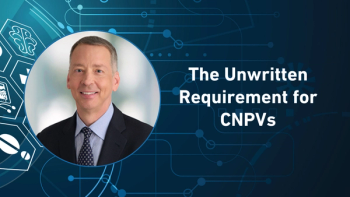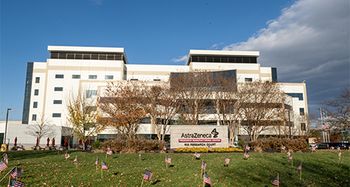
Asset tracking goes global with OnAsset Intelligence/AT&T partnership
OnAsset's security and cold-chain monitoring devices will feed real-time data through AT&T's global wireless network
For pharma manufacturers that want step-by-step tracking of cold-chain shipments (or just to monitor any shipment in transit), OnAsset Intelligence (Irving, TX) has now struck a partnership with AT&T (Dallas) whereby the former’s Sentry 400 Flight Safe datalogger and Vision platform (a cloud-based reporting system) will be integrated with AT&T’s wireless network. Both companies will market the asset-tracking service, and next-generation dataloggers are in the works.
OnAsset was one of the
The AT&T partnering isn’t OnAsset’s first; it had a prior relationship (now ended) with the Sprint communications network. OnAsset also has partnered with several air carriers and is the underlying technology for Southwest Air Cargo’s
Newsletter
Stay ahead in the life sciences industry with Pharmaceutical Commerce, the latest news, trends, and strategies in drug distribution, commercialization, and market access.





